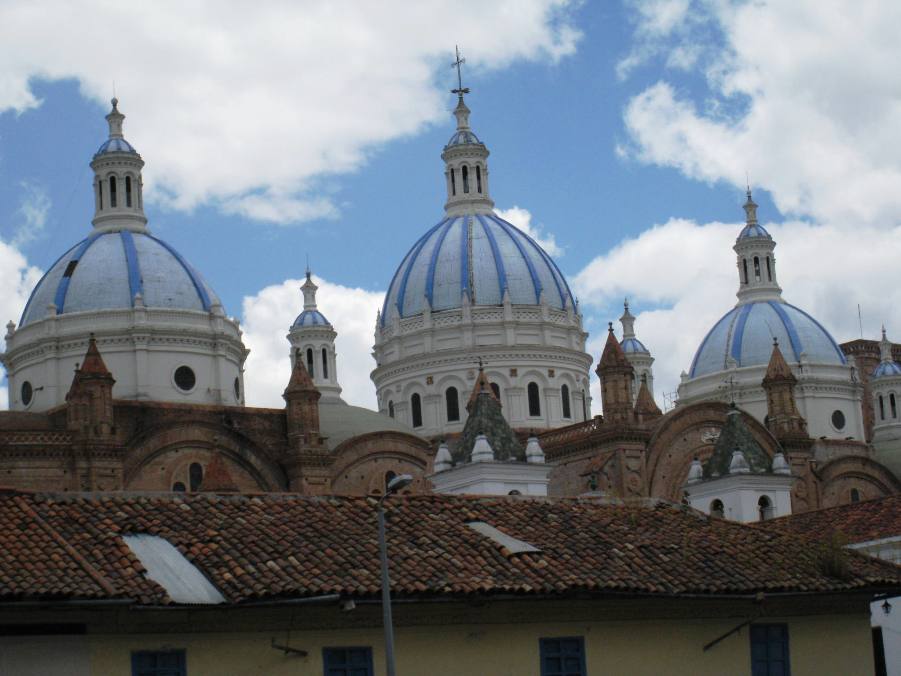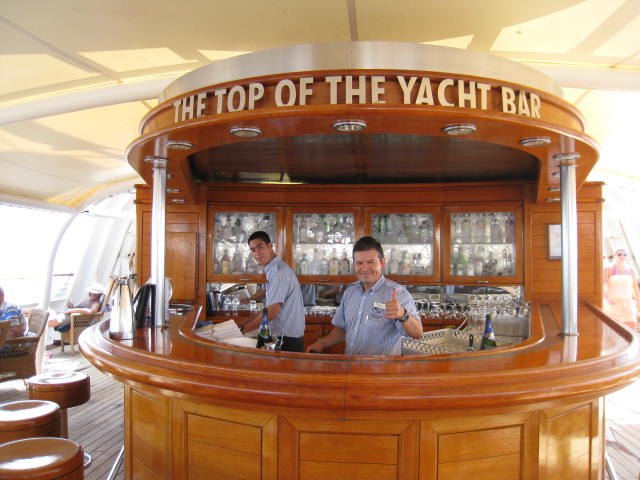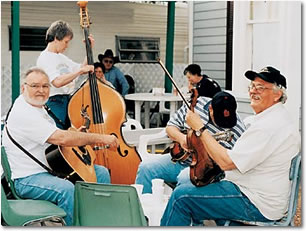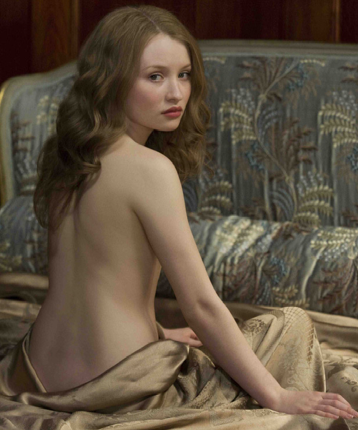Cuenca (Part 2)

Ecuador’s Captivating Colonial Mountain Cities (Part 2):
My Ecuadorean adventure continues as I travel nine hours south of Quito to Cuenca. This charming colonial mountain city is located 8200 feet above sea level in a verdant valley nourished by four rivers with the majestic Andes as a backdrop.
Cuenca, also known as Santa Ana del Los Rios de Cuenca, is the third largest city in Ecuador with a population of approximately 500,000.. The city’s magnificent historic architecture has elevated Cuenca to the status of UNESCO World Heritage site.
Today, Cuenca is ranked as one of the Top 10 Colonial cities in Latin America.
Fast Fact: Cuenca has gone through a few name changes over the centuries. As Cañari Indian colony, Cuenca’s name was Guapondeleg, which roughly translated means “a land as big as heaven“. Later, when conquered by the Incas, the city was renamed Tomebamba, which means ” Field of Knives”. The city’s present day name was bestowed by the Spanish who conquered Cuenca in 1557.
Upon arrival, one learns quickly that Cuenca is a favorite for retired Americans aka ex-pats.
The American dollar is graciously accepted and English widely spoken.
The city’s mild warm climate and affordable cost of living are a huge draw. But it is the pristine beauty of the highlands and the Cuenca’s cultural scene – a unique blend of old and new – that keep tourism and the real estate industry booming.

Cuenca is a welcoming walking city that is divided by the Tomebamba River into two distinct areas – the old colonial city to the north and the new city and suburbs in the south. Visitors delight in the historic city center speckled with parks, museums and a church on nearly every corner. The grid-like layout makes it very easy to navigate on foot. Parque Abdón Calderón is the perfect place to begin. Here you will find the Old Cathedral (1567) which is now a religious museum and the New Cathedral (1885) also known as Cathedral of the Inmaculada Concepción.
Cathedrals, churches and monasteries outnumber or have simply replaced any remnants of native temples; the Catholic religion now rivals any indigenous faith practice in modern Cuenca.

The Old Cathedral, originally a humble church called “El Sagrario”, has great historic significance to the region; it was the first building built by Spaniards in Cuenca. Also, the church’s foundation and walls were created with the ancient stones from the Tomebama Ruins. In the 19th Century, became a Cathedral after the election of a Bishop.


The New Cathedral is a vision and star attraction for most visitors. Taking nearly 100 years to complete, the New Cathedral is a celebrated accomplishment inside and out. True to the vision of its benefactors, the Cathedral is said to be the largest in South America. A mix of Romanic, Gothic and Renaissance architectural styles, the Cathedral is a colossal artistic masterpiece. The exterior is dominated by three large domes covered in the finest imported Czech blue tile which makes it a landmark easy to spot. The interior is an amazing canvas of carved wood, stained glass and gold leaf. A beautiful white stone facade and a golden pulpit make the New Cathedral a must-see attraction. Even the mastery of the grand side entry doors will leave you awe-struck.

Other important religious monuments and sites that should not be missed include:
Carmen de la Asunción – built in 1730. A true place of renaissance architectural inspiration with touches of Neoclassical and Baroque elements. The church is located next to the Plaza de las Flores.
Church of San Sebastián – a beautiful white church dating back to the 19th Century located adjacent to San Sebastián Square.
Church of Las Conceptas and Convent – The 19th Century convent is still active. Locals pay homage by lighting candles in the interior altar or making a donations (money to baked goods) to the resident nuns via a private butler/dumbwaiter service. The religious order rarely, if at all, communicates directly with the outside world. Be sure to sample the Vino de Misa (the sacred wine) served by local vendors to bless the soul and cleanse sins. (Sadly, I did not get a chance to try…or I would have sat and sipped for hours.) Or opt for the radish tonic, Jarebe de Rabano – said to be miracle detox drink delivering renewed energy and restorative skin results.

Pumapungo (“Door of the Puma”) – An Incan/Canari settlement now an archeological park located on the edge of the history city center that represents the foundation of early Cuenca. The park grounds showcase temple ruins and an impressive collection of native flora and fauna. Over eight thousand native plants grace the terraced landscape of this once sacred ground.

Cuenca’s illustrious history is rooted in a time ( 5585 BC), long before the Incas ruled the land. The region was home to the Cañari people known for their achievements in astronomy and agriculture. The Incas soon conquered the settlement making Cuenca a thriving capital city only second to Cusco in Peru. It is here that the Incas expanded their empire with the construction of a grand fortress city called Tomebamba or ” Field of Knives”. The Spanish thought Tomebamba to be “El Dorado”, the secret city of gold. But by the time of their arrival, nothing remained but ruins. The mystery of El Dorado continues to challenge historians and treasured hunters. The Spanish conquered Cuenca in April 1557, decades after Quito and Guayaquil, leaving their indelible mark on the people, traditions and countryside. Cuenca’s Pumapungo Archeological Park and The Ingapirca Ruins are noteworthy attractions that showcase the fusion of the cultures and religious practices of the Cañari and Incan nations.
Cajas National Park – one of the most stunning natural sites in Ecuador. The park name “Cajas” is derived from a native word “cassa” meaning “cold”. Over 230 lakes in a pristine 70,000+ acre high country setting make Cajas National Park an eco-wonderland. The endangered South American Condor (only 80 remain in Ecuador) and the smallest Hummingbird in the world can be found here.
Recommended Activities:
Soak up the sunshine & socialize – enjoy a rest and practice your Spanish from a park bench in Cuenca’s central park square, Parque Abdón Calderón.
Shop the Markets – From the city’s fresh flower stalls in the colorful Plaza de Las Flores near the Carmen de la Asunción Church to its open air handicraft market in San Francisco Square, Cuenca will not disappoint. Beautiful artwork and crafts can be found throughout the city. Ponchos, embroidered blouses, wool sweaters, custom filigree jewelry, tie-dyed artisan weavings and Cuenca’s famous ceramic pottery make perfect souvenirs and gifts. Be sure to check out CEMUART, the local artisan center near San Francisco square for fabulous finds!

Snack Tip: Try the quail eggs from the local vendors (perhaps, Cuenca’s answer to the corner hot dog stand)…a tasty afternoon treat!

A Stroll in Barranca – this park-like district lies on the edge of Tomebamba River south of the historic city center. This area marks the start of Modern Cuenca which is home to the city’s stadium, universities and newer housing developments. Highlights include the picturesque remnants of a stone bridge, classic colonial and republican style homes on the river’s north bank, Cuenca’s largest street staircase (La Escalinata) and a commercial and cultural center,La Esquina De Las Artes, showcasing and selling the work of regional artists, designers and craftsmen.
A Tour of an authentic Panama Hat Factory – No visit to Cuenca would be complete without a tour of Homero Ortega, a legendary artisan shop, gallery and factory known for producing the world’s finest Ecuadorian toquilla straw hats. These beautiful woven hats, ranging in cost from $30 to $300, are offered in a variety of styles and colors.



A History & Art Lesson – The Museum of Modern Art offers visitors a unique glimpse into the past and present. The museum, housed in a former re-hab center or Temperance house dating back to the Republican period (1884), features rotating contemporary art work exhibitions as well as a permanent collection. Cuenca’s Museum of The Aboriginal Cultures, considered the most complete archeological museums in the region, also warrants a visit. With over 5,000 treasured pieces on display, this impressive museum is sure to enlighten and educate.
Lodging:

Posada del Angel – quaint and affordable lodging….a few steps up from a basic hostel. Rooms are very clean and comfortable and feature private bathrooms and amenities like a television and phone. A hearty breakfast is included. But be forewarned, if your room is near the breakfast room…you are up for an early noisy rising. Rates start at $39 for Single Room; $53 for Double Room. (Additional Taxes-22%)

Mansion Alcazar – an exquisite luxury boutique hotel dating back to 1890 featuring 11 rooms and 3 suites – all unique and beautifully decorated. The property offers a historic and romantic setting in the heart of Cuenca. A short walk to the popular Mariscal Sucre street and Parque Abdón Calderón. Rates range from $122 to $268. (Additional Taxes-22%)

Hotel Casa Del Aguila – another beautiful and luxurious hotel housed in a three-story converted colonial mansion. Aptly named for its location, Calle del Aguila, now modern day Mariscal Sucre; the hotel features 15 unique rooms and 1 suite, each with a private bath and rustic and ornamental design details. Rates range from $67 to $110. (Additional Taxes-22%)
Authentic Eats:

Raymipampa – an Ecuadorian casual restaurant located next to the New Cathedral on Benigno Malo with an afforadable menu.
Villa Rosa – considered Cuenca’s finest and most traditional restaurants. An elegant setting featuring a lovely stained glass covered courtyard.
For travel planning information and tips, visit the Cuenca Tourism Office online or email: itur@cuenca.com.ec
Discover more from Tango Diva
Subscribe to get the latest posts sent to your email.




